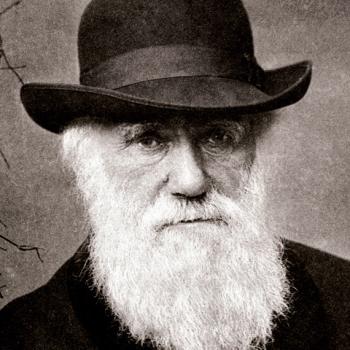
On Tuesday, 6 October, Roger Penrose was awarded one half of the 2020 Nobel Prize in Physics for the discovery that black hole formation is a robust prediction of the general theory of relativity. The other half-share went to the German astrophysicist Reinhard Genzel (co-director of the Max Planck Institute for Extraterrestrial Physics, a professor at Ludwig Maximilian University of Munich, and an emeritus professor at the University of California, Berkeley), and to the American astronomer Andrea Ghez (of my own University of California at Los Angeles) for the discovery of a supermassive compact object at the centre of our galaxy.
The English mathematician, mathematical physicist, and philosopher of science Sir Roger Penrose (b. 1931) is the Emeritus Rouse Ball Professor of Mathematics at the Mathematical Institute of the University of Oxford. In 1988, he was the co-winner, with Stephen Hawking, of the Wolf Prize in physics.
Here’s an article about one of his more interesting ideas:
Here are some passages that I’ve extracted from the first few pages of his book The Road to Reality: A Complete Guide to the Laws of the Universe (New York: Vintage Books, 2004):
To mathematicians (at least to most of them, as far as I can make out), mathematics is not just a cultural activity that we have ourselves created, but it has a life of its own, and much of it finds an amazing harmony with the physical universe. (xix)
It may be said that this book is really about the relation between mathematics and physics, and how the interplay between the two strongly influences those drives that underlie our searches for a better theory of the universe. In many modern developments, an essential ingredient of these drives comes from the judgment of mathematical beauty, depth, and sophistication. It is clear that such mathematical influences can be vitally important, as with some of the most impressively successful achievements of 20th-century physics: Dirac’s equation for the electron, the general framework of quantum mechanics, and Einstein’s general relativity. (xx-xxi)
Those who work in this subject, whether they are actively engaged in mathematical research or just using results that have been obtained by others, usually feel that they are merely explorers in a world that lies far beyond themselves — a world which possesses an objectivity that transcends mere opinion, be that opinion their own or the surmise of others, no matter how expert those others might be. (13)
The mathematical forms of Plato’s world clearly do not have the same kind of existence as do ordinary physical objects such as tables and chairs. They do not have spatial locations; nor do they exist in time. Objective mathematical notions must be thought of as timeless entities and are not to be regarded as being conjured into existence at the moment that they are first humanly perceived. . . . Those designs were already ‘in existence’ since the beginning of time, in the potential timeless sense that they would necessarily be revealed precisely in the form that we perceive them today, no matter at what time or in what location some perceiving being might have chosen to examine them. (17)
On this view, everything in the physical universe is indeed governed in completely precise detail by mathematical principles. (18-19)
It remains a deep puzzle why mathematical laws should should apply to the world with such phenomenal precision. . . . Moreover, it is not just the precision but also the subtle sophistication and mathematical beauty of these successful theories that is profoundly mysterious. (20-21)
There is also an undoubted deep mystery in how it can come to pass that appropriately organized physical material — and here I refer specifically to living human (or animal) brains — can somehow conjure up the mental quality of conscious awareness. (21)
the remarkable relationship between mathematics and the actual behaviour of the physical world (21)
Moreover, quite apart from the undoubted (though often ambiguous) role of beauty for the mathematics underlying the workings of the physical world, aesthetic criteria are fundamental to the development of mathematical ideas for their own sake, providing both the drive towards discovery and a powerful guide to truth. I would even surmise that an important element in the mathematician’s common conviction that an external Platonic world actually has an existence independent of ourselves comes from the extraordinary unexpected hidden beauty that the ideas themselves so frequently reveal. (22)
I agree with these sentiments, and I believe that their potential implications are nothing short of astounding.
Here’s another striking quotation from Professor Penrose, included in the 1991 film A Brief History of Time :
“I would say the universe has a purpose. It’s not there just somehow by chance.”
And, finally, from Alister E. McGrath, A Fine-Tuned Universe: The Quest for God in Science and Theology (Louisville, KY: Westminster John Knox Press, 2009):
Roger Penrose also speaks of an “extraordinary degree of precision (or ‘fine-tuning'” required for life. (85)
Posted from Park City, Utah












